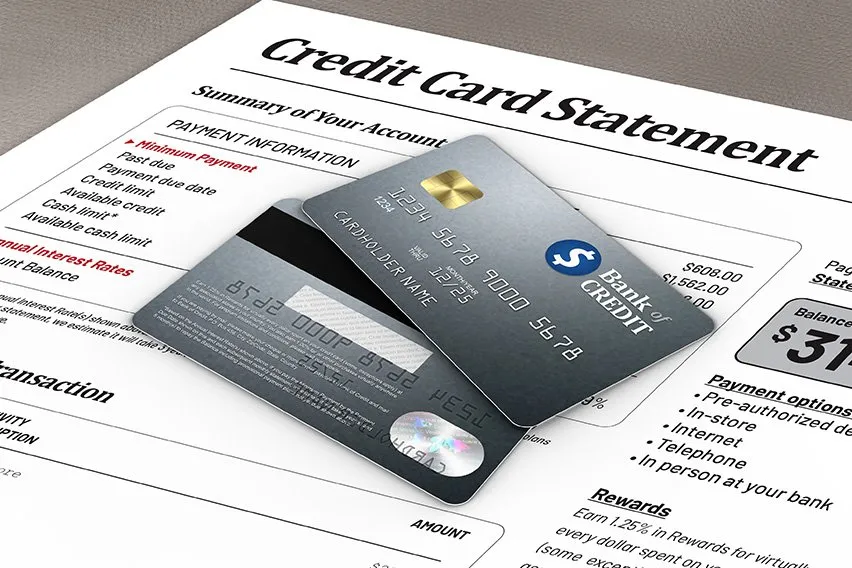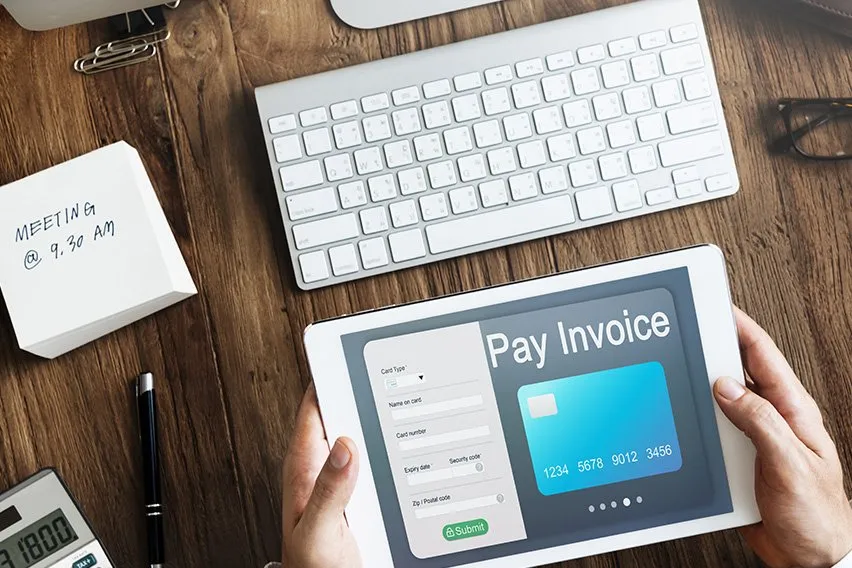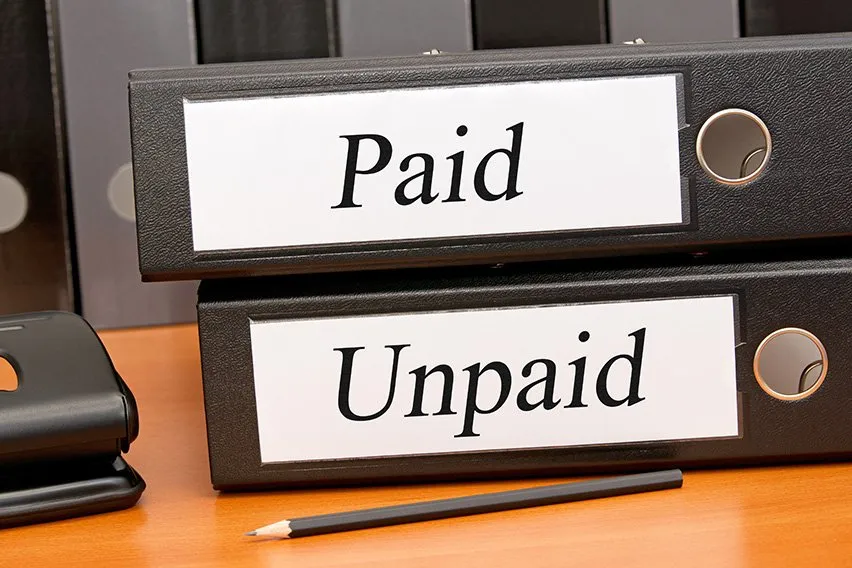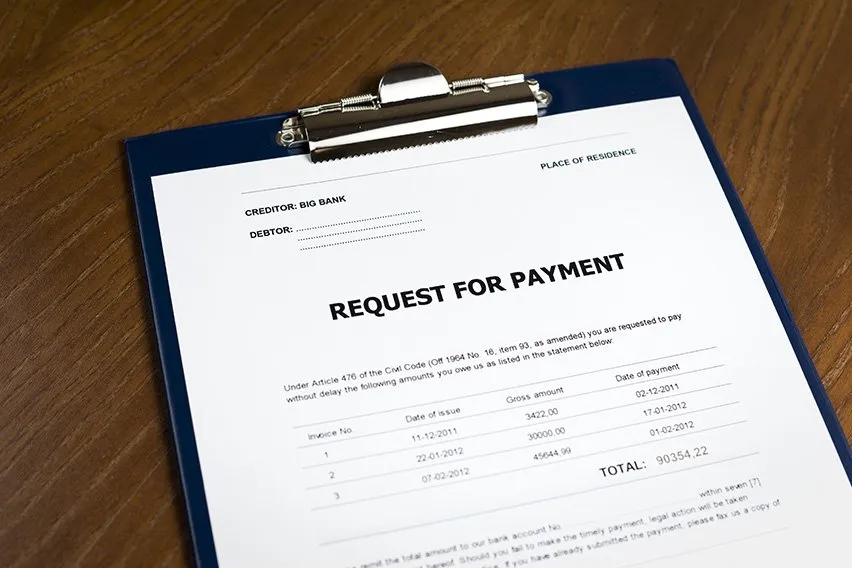How to Make Your Customers Pay for Credit Card Fees

Convenience fees are charges collected for the privilege of paying for a product or service with an alternative payment method that is not standard for the merchant.The types of payments where a payee typically charges convenience fees include mortgage payments, property tax payments, college tuition and taxes.
Merchants are allowed to charge customers a convenience fee for using a credit card if the customer is using an alternative payment channel. For example, if a company usually accepts payments in person, a convenience fee might be added if their customer uses a telephone or order online.
No matter how transactions take place, the practice of always charging customers a fee for credit card payments is called surcharge.
Table of Contents
- Convenience Fees vs. Credit Card Surcharges
- How to Calculate Credit Card Convenience Fee?
- Are Convenience Fees Legal?
Convenience Fees vs. Credit Card Surcharges
You may be charged a convenience fee when you use a credit card but that’s not the same as credit card surcharges. Each credit card brand has its own guidelines for convenience fees.
Surcharges are the fees that cover the cost of a card transaction. While convenience fees are charged for payment methods that a merchant doesn’t usually accept. For example, a company might charge a convenience fee when you pay over the phone instead of online.

How to Calculate Credit Card Convenience Fee?
Convenience fees can be a fixed dollar amount or a percentage of the transaction amount (usually 2 to 3 percent) and must be disclosed to the customer in advance.
Ways to charge credit card fees to your customers:
- Add a line item for credit card surcharge to the invoice and add a standard amount to each invoice.
- Calculate to offset the 2.9% + $0.30 charge per invoice.
How to calculate a convenience fee:
If you want to earn $100 from a credit card payment, work backward from that amount, which is y:
x = (y + .3) / .971
x = (100 + .3) / .971
x = ~103.30
To receive $100.00 from this credit card payment, you need to add a convenience fee of $3.30. In certain cases, you’ll need to double check the total for a missing $0.01 rounding error.
There are also online sources available to help you calculate a credit card convenience fee.

Are Convenience Fees Legal?
In most states, convenience fees and surcharges are legal under a certain percentage of the purchase price. There are currently 10 states where convenience fees and surcharges are prohibited—California, Colorado, Connecticut, Florida, Kansas, Maine, Massachusetts, New York, Oklahoma and Texas and Puerto Rico. If a customer is illegally charged a convenience fee or surcharge in these states, they can report the retailer to the state attorney’s general office.
Surcharges over 4% are illegal everywhere. Also, a convenience fee or surcharge is illegal if the payee has not alerted you of the fee ahead of payment. There must be a sign displayed outside in the store or online stating a surcharge exists for credit card purchases and a notification of the amount of the fee at the point of sale.
RELATED ARTICLES


 How Long Do You Have to Pay an Invoice
How Long Do You Have to Pay an Invoice How Much Does It Cost to Send an Invoice?
How Much Does It Cost to Send an Invoice? What Does Payable by Invoice Mean?
What Does Payable by Invoice Mean? How to Get Invoices Paid Faster: 10 Tips To Get Paid Faster
How to Get Invoices Paid Faster: 10 Tips To Get Paid Faster Invoice tracking: How to keep track of invoices and payments
Invoice tracking: How to keep track of invoices and payments How to Ask for Payment Professionally: With Templates and Examples
How to Ask for Payment Professionally: With Templates and Examples